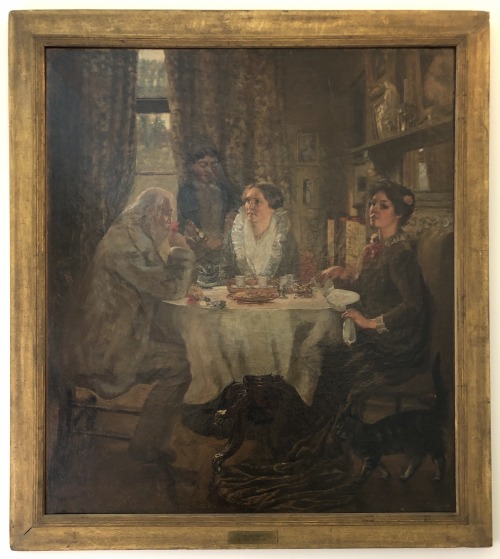#pennlibraries
Please join us for a virtual talk presented by *Making the Renaissance Manuscript* curator Dr. Nicholas Herman on Thursday, June 18, 2020, 4:00 - 5:30 p.m. EST. Through this talk sponsored by Friends of Lehigh Libraries, Dr. Herman will examine the making of the hand-written and hand-illuminated book during a time of great political, religious, and technological transformation in Europe and will conceptualize the recent collaborative exhibition that opened in the Kislak Center back in February. Follow the link to register for this free event: http://ow.ly/5PbO50A8fxx
Post link
Pierpaolo Muscharello Algorismus (On Algebra) Nola, 1478; scribe: Pierpaolo Muscharello (colophon, fol. 101r) University of Pennsylvania, Lawrence J. Schoenberg Collection, LJS 27 Pierpaolo Muscharello Algorismus (On Algebra) Nola, 1478; scribe: Pierpaolo Muscharello (colophon, fol. 101r) University of Pennsylvania, Lawrence J. Schoenberg Collection, LJS 27
Post link
Cicero; Orationes (Orations) Venice, printed not after 1471 Illuminator: Giovanni Vendramin The Rosenbach Museum and Library, Inc 471ci (1062/24)
Post link
“Walt Whitman’s Gift,” a recent essay published by Lapham’s Quarterly, explores the importance of a painting titled “The Tea Party” owned by the Kislak Center. One of three paintings by the London-born artist Herbert Gilchrist held here, “‘The Tea Party’ dwells in a nebulous state of suspended conversation. No one looks at each other … In a posture of still meditation, Walt Whitman smells a red flower.” Professor Don James McLaughlin argues that, “among Gilchrist’s and Whitman’s friends at the time of the painting’s creation, 1882–84, the import of the scene would have been inseparable from the story of Herbert’s notably absent older sister, the widely connected and beloved physician Dr. Beatrice Gilchrist.” Created in the years following Beatrice’s sudden death, “The Tea Party” echoes a feeling the doctor’s mother distilled in her epitaph: “Faithful unto Death. Many hearts mourn her. In her short career did she by skill, tenderness, and unwearied devotion to duty bring healing and comfort to many both here and in America.” For more on the life of Beatrice Gilchrist and the significance of “The Tea Party,” you can find the essay “Walt Whitman’s Gift” at: www.laphamsquarterly.org/roundtable/walt-whitmans-gift
Post link




